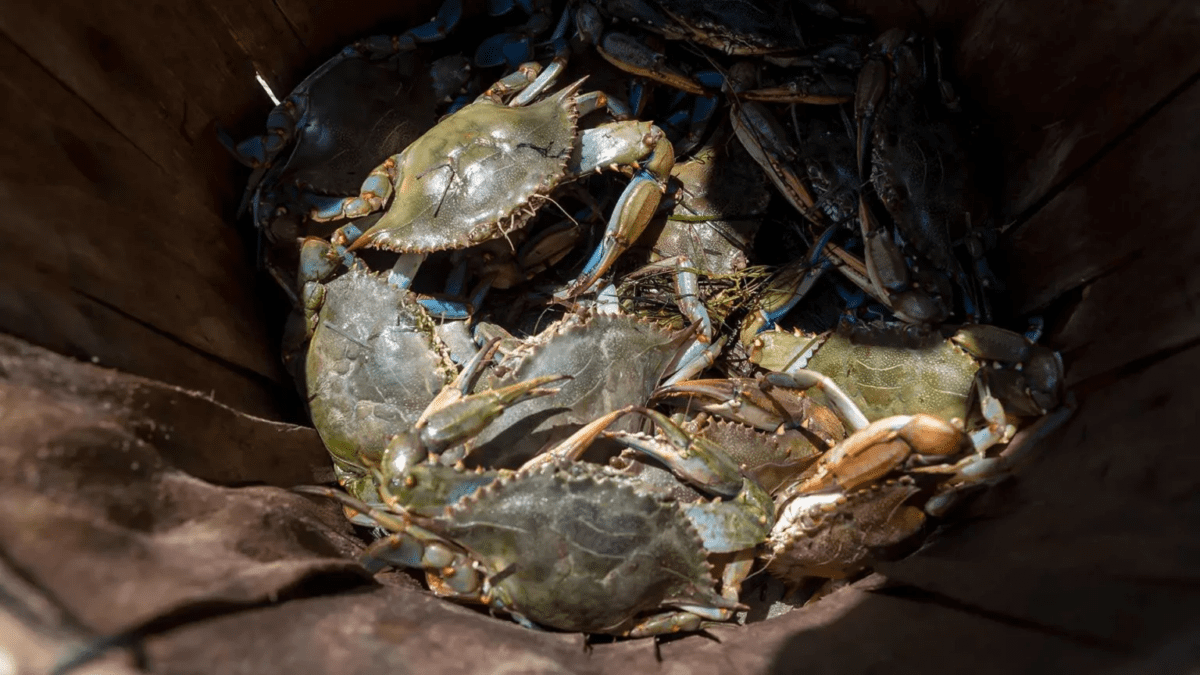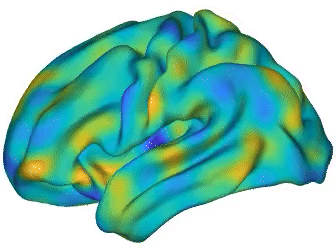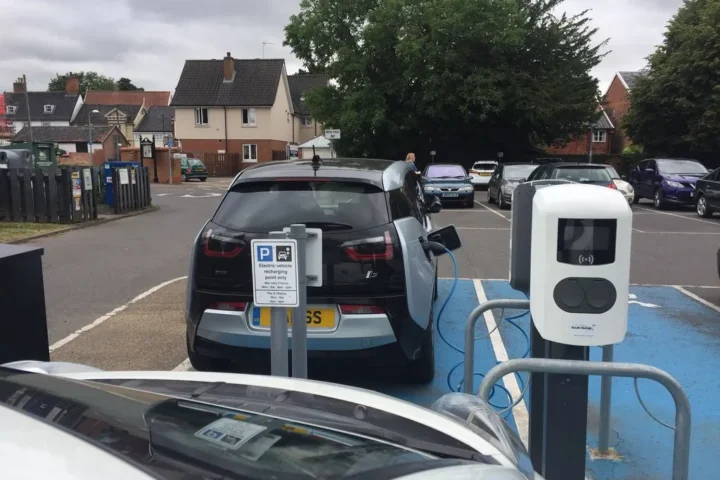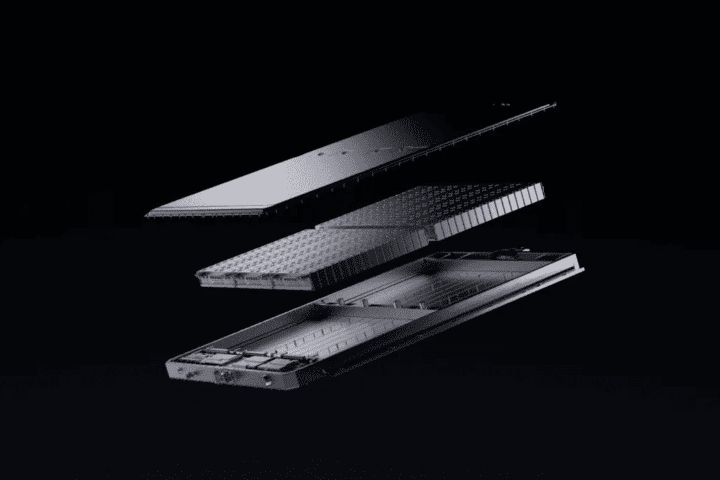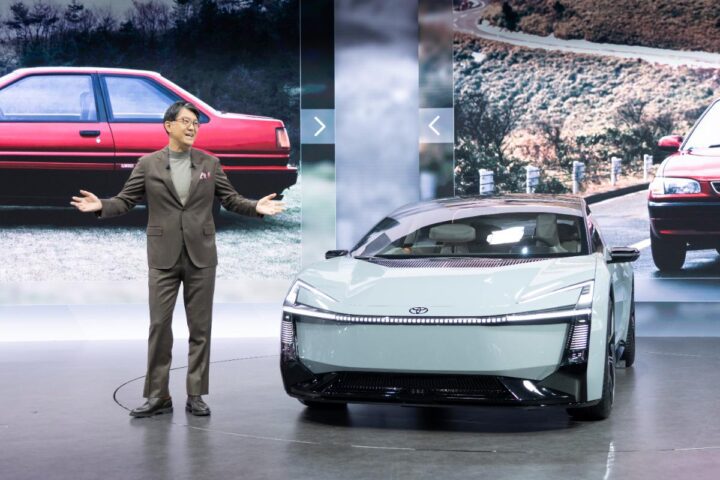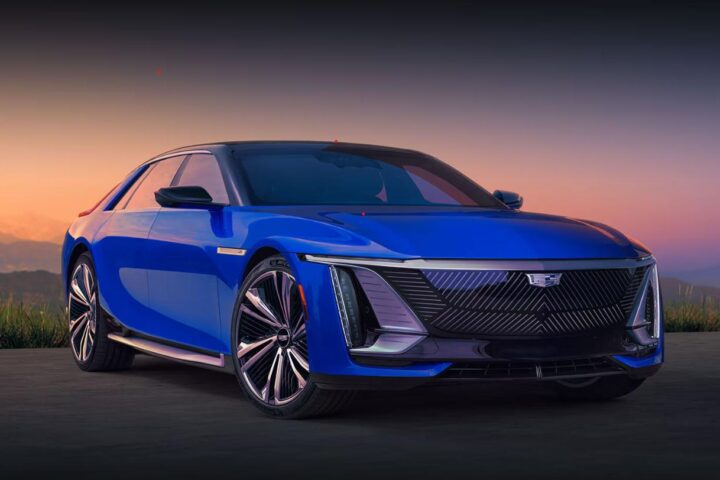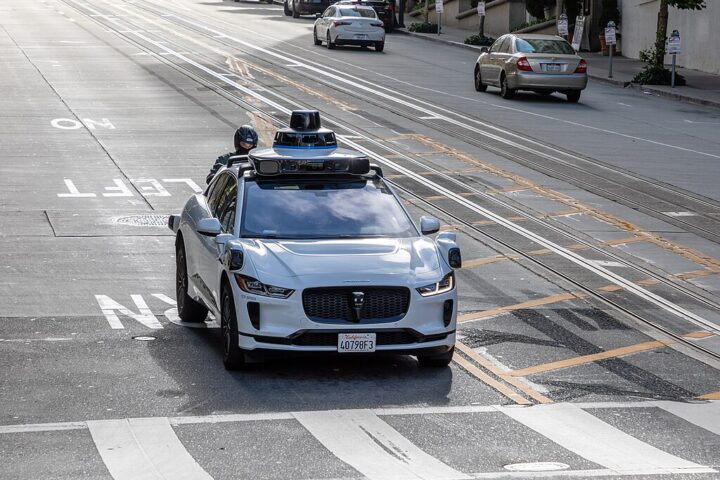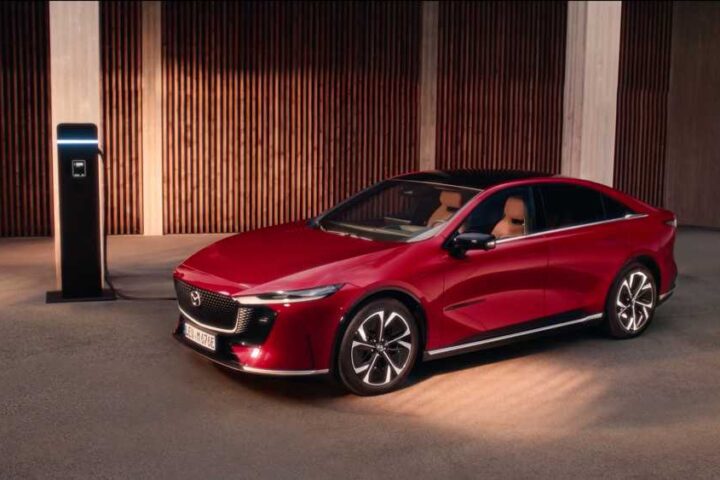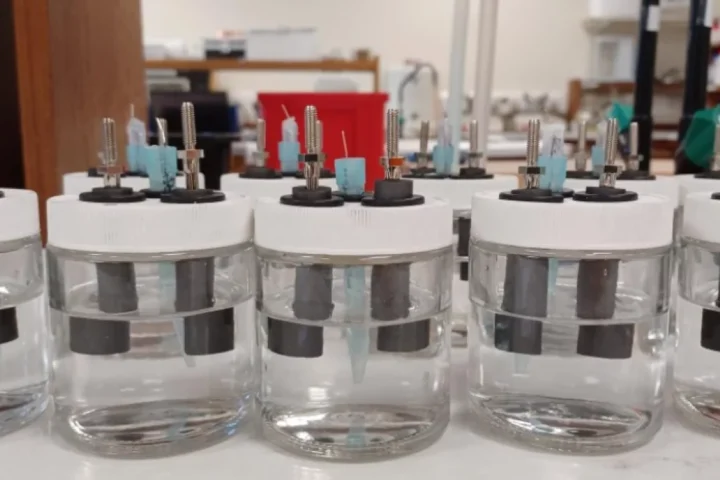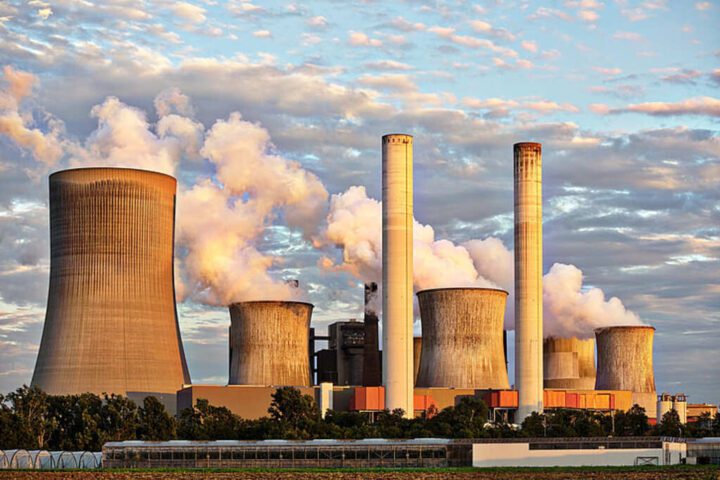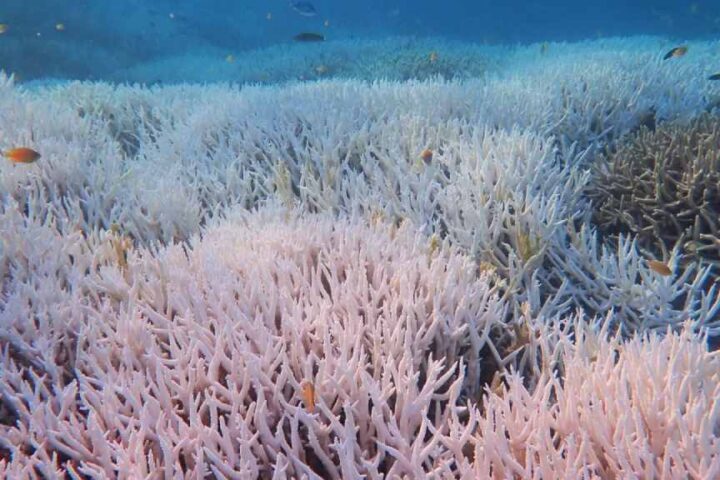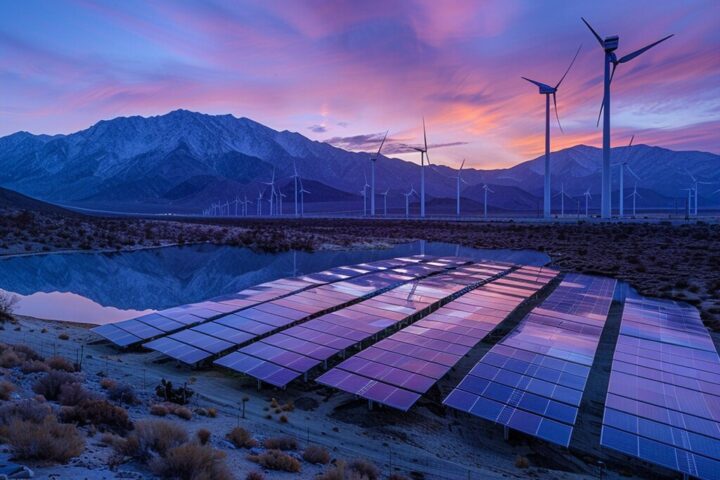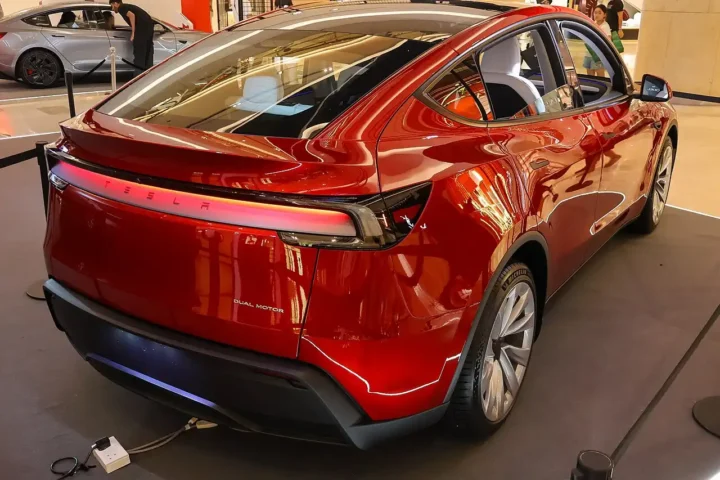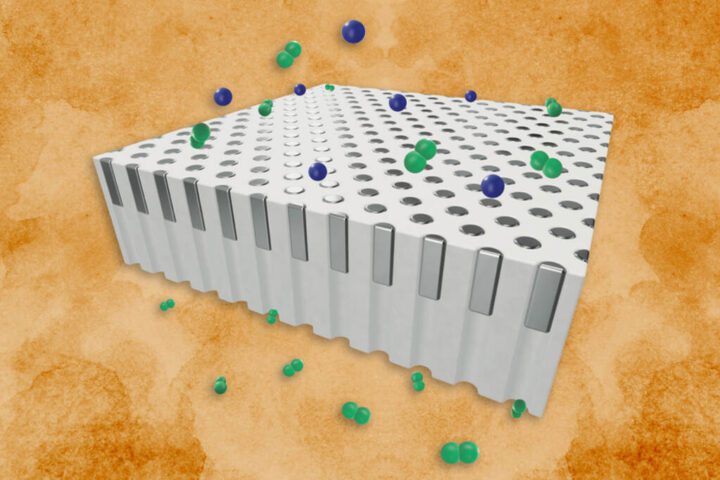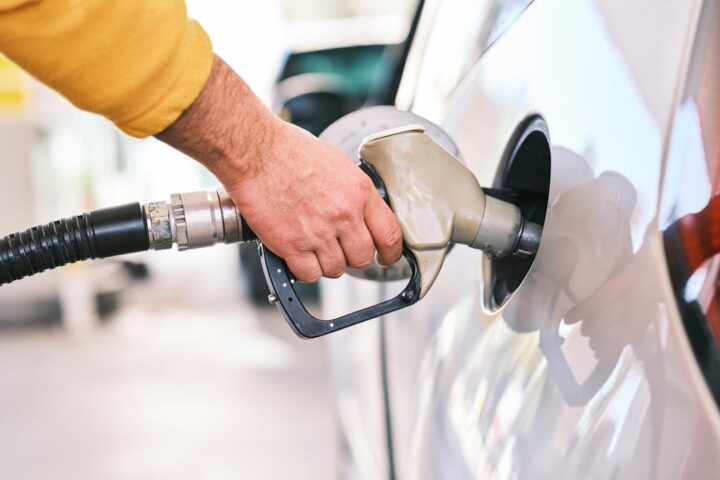From Seafood to Energy Storage: A Sustainable Shift
Crustacean shells, widely abundant and often discarded as waste, could soon find a new purpose in renewable energy storage. A groundbreaking study led by the University of Maryland’s Center for Materials Innovation has discovered that crab shells, rich in a compound called chitosan, could contribute to producing biodegradable, sustainable batteries. Researchers aim to harness chitosan to create a biodegradable electrolyte for zinc batteries, transforming what was once seen as waste into a valuable resource for a greener future.
Chitosan: The Unexpected Hero in Energy Storage
Chitosan, a derivative of chitin found in crustacean exoskeletons, can be converted into a gel electrolyte, replacing the flammable or corrosive chemicals commonly used in batteries. With the capacity to be broken down by microbes within five months, this chitosan electrolyte drastically reduces the environmental burden of battery disposal. Furthermore, the residual metal component – zinc, rather than lithium or lead – can be effectively recycled, providing another layer of eco-friendliness to the process.
Outpacing Lithium: The Merits of Zinc
Zinc-based batteries have several advantages over their lithium counterparts. Zinc is far more abundant in the earth’s crust, and thus, zinc batteries are generally cheaper and safer. Remarkably, these chitosan-zinc batteries exhibited an energy efficiency of 99.7 percent after 1,000 battery cycles, suggesting immense potential for large-scale renewable energy storage.
“The most abundant source of chitosan is the exoskeletons of crustaceans, including crabs, shrimps, and lobsters, which can be easily obtained from seafood waste,…You can find it on your table.”
- Professor Liangbing Hu, Director of UMD’s Center for Materials Innovation
A Step Towards Greener Battery Production
The University of Maryland’s endeavor is not merely an example of innovative scientific research; it signifies an essential step towards environmentally responsible battery production. This could be an instrumental shift in sustainable energy storage, simultaneously addressing the accelerating demand for batteries and the urgent need to mitigate environmental pollution. The research team hopes to progress towards batteries where all components and manufacturing processes are biodegradable.
Similar Post
Taking It from Lab to the Real World
The journey from lab results to scalable technology is often fraught with challenges. Despite the promising findings, it is crucial to exercise cautious optimism. Still, with every development, we are edging closer to a world where renewable energy storage is not just practical, but also ecologically sound. The humble crustacean could play a significant role in this revolution.
The Potential Impact on the Crab Industry
The research also opens up new avenues for the crab processing industry. As Maryland is known for its blue crabs, the potential use for the discarded shells could provide a novel source of income for local processors. Further exploration in this area could unlock new ways of tackling waste, aligning seafood production with the wider goal of environmental sustainability. In the future, we might see a symbiosis between the seafood industry and sustainable battery production, both benefitting each other while contributing to a greener planet.
“In the future, I hope all components in batteries are biodegradable, not only the material itself but also the fabrication process of biomaterials.”
- Professor Liangbing Hu, Director of UMD’s Center for Materials Innovation
The endeavor to use crab shells for creating biodegradable batteries signifies a remarkable stride towards sustainable energy storage. By blending scientific innovation, environmental responsibility, and industry participation, this exciting development promises to help forge a future where the power of crustaceans goes beyond their culinary delight.
